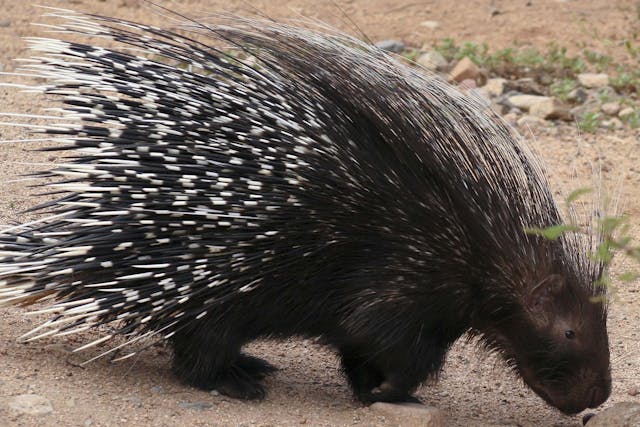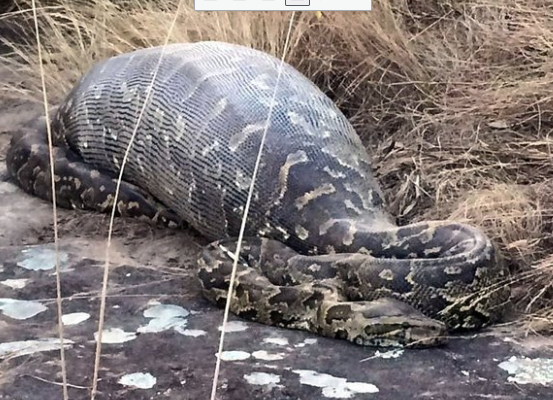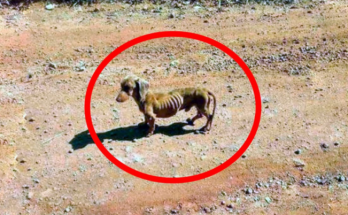In a tragic incident that highlights the sometimes unpredictable nature of wildlife, a large python was found dead after attempting to swallow a porcupine in South Africa. The incident occurred in a private game reserve in the Waterberg district of Limpopo province.

The African rock python, estimated to be over 13 feet long, was discovered by reserve staff who initially suspected the snake had died from internal injuries. Upon closer inspection, they found the porcupine’s quills protruding through the python’s stomach, indicating a fatal digestive attempt.

Experts believe the python had successfully constricted and killed the porcupine before attempting to consume it. However, the sharp quills of the porcupine likely caused severe internal injuries as the python’s digestive process began. Despite their formidable hunting abilities and capacity to consume large prey, pythons are vulnerable to such risks when they encounter animals equipped with natural defenses like porcupines.
This unfortunate event serves as a reminder of the complex and often perilous dynamics of predator-prey relationships in the wild. It also underscores the adaptability and resilience of both predator and prey in their ongoing struggle for survival. The game reserve staff plan to conduct further examinations to gain more insights into the incident and to better understand the interactions between these species.
African rock pythons are one of the largest snake species on the continent and are known for their strength and ability to subdue large prey, including antelopes and even crocodiles. They typically rely on constriction to kill their prey before swallowing it whole. However, their method of consuming prey can sometimes lead to fatal outcomes if the prey has defenses such as sharp quills or spines.

Porcupines, on the other hand, are known for their distinctive quills, which they use as a defense mechanism against predators. When threatened, they can erect their quills and even release them upon contact, causing significant harm to any animal that attempts to eat them.
This incident not only highlights the dangers faced by predators in the wild but also adds to the fascinating narrative of survival and adaptation in nature.





